This brave book attempts to condense a few thousand years of organized unpleasantness into a single volume. The contributors have been tasked with selecting the battles that had a decisive impact on history and I really don’t envy them for picking up the baton.
We have seen on numerous occasions that books like this can start a fistfight in an empty room and that is surely intentional. These books are designed to draw us into a long-running argument. It is much the same with those best tank, best general, worst general, best war movie books that pop up from time to time.
Whatever happens, you will look through this book and find yourself sucking on your teeth and shaking your head at some of the selections. What this means, in the purest sense, is that you are fully engaged and open to expanding your knowledge.
That’s all very laudable, but do we really have to take a book like this so seriously? While it represents more than just a piece of shallow infotainment we really must accept that historians are human, after all, and should be allowed to have fun with their work. Now, of course, someone of a more cynical nature could just as easily say its nothing more than a bunch of people earning a decent advance from not doing very much. I prefer to see this book as an open doorway welcoming the reader into the fascinating world of military history.
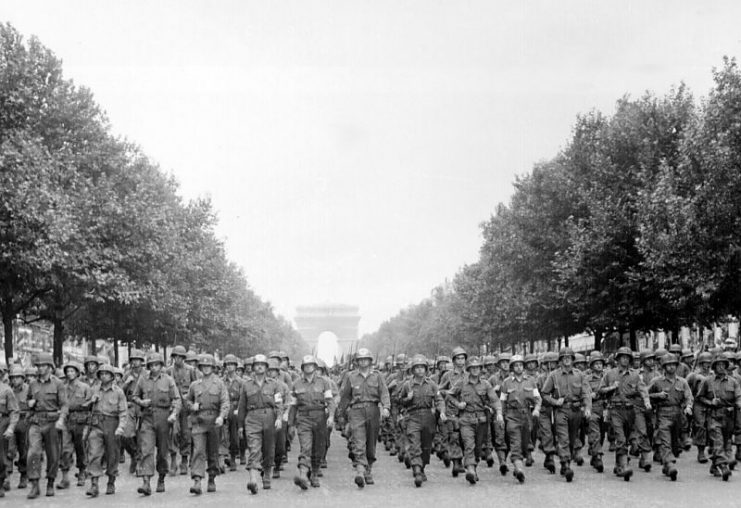
Ok, so what about the book? The authors have drawn up a long list of battles and narrowed it down to the events where something happened to change history. They might not be the biggest or the most bloody, but they have to present elements that had a direct or indirect impact on the times, on people or on the nature of warfare itself.
Let’s jump in and pick a battle selected by the authors. We find ourselves at Saratoga in October 1777. The modus operandi is to present the background, the key figures and then go into analysis of the battle itself, accompanied by maps, an image or two of kit or weapons and a welcome smattering of contemporary art. In this case, the centerpiece is John Trumbull’s famous depiction of the defeated Burgoyne offering his sword to Horatio Gates. Quality stuff.
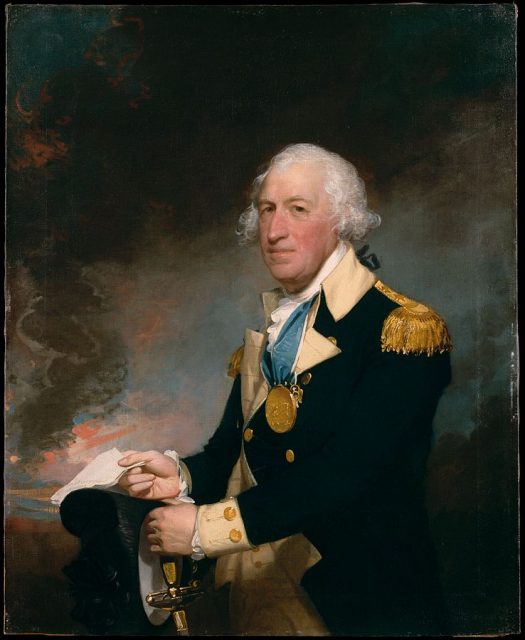
The book is split into sections covering the period up to 1000CE, then 1000-1500. We move on to 1700, then to 1900 and up the present day. The first conflict selected is the Battle of Marathon in 490BC and the last is Desert Storm in 1991. The use of the titular term battles does not confine the narrative to a single event or a specific day; rather it is a device to simplify the descriptive process. A prime example is the Somme in 1916, which was a succession of battles and not just one event.
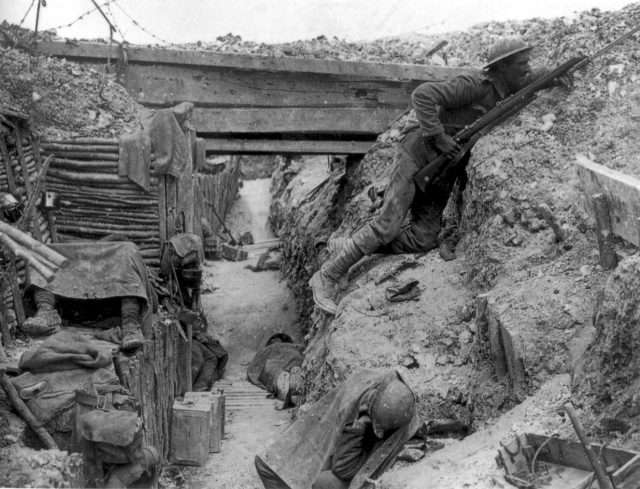
All in all, this package really works but I acknowledge the questions it raises might deter those predisposed to believe ‘their’ battles are the ones that matter. DK books are usually aimed at the young and if someone of formative years did not head off to seek more information after reading this book I would be both surprised and disappointed.
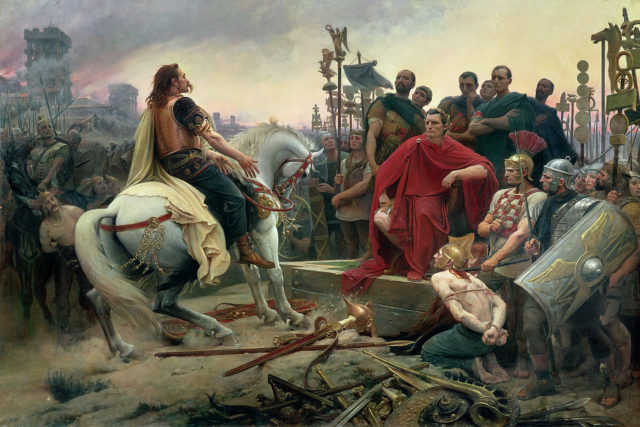
I will be honest and say that the wars of the ancient world are something of a mystery to me. I tried reading some of the classics about Hannibal and the Romans a long time ago and could not penetrate the language to make sense of it. I didn’t have the education.
I was raised on Cornelius Ryan and I found other writers in my father’s library, such as Ralph Ingersoll and Charles Whiting, to expand my understanding. It was a hit and miss affair, but I soon found historians of my own. I have no doubt that the younger me would have benefited from a book like the one we are discussing.
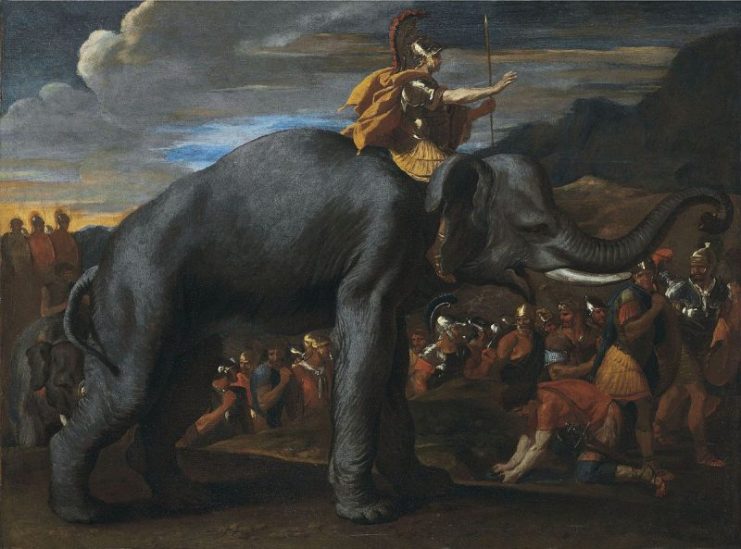
My dad was anchored in the war he knew and had no time for other conflicts, however recent. The Great War was a closed book although his father and uncles had fought in it. My dad was unmoved; only World War II mattered. To me this was patent nonsense and I needed to learn much, much more; notwithstanding those ancient classics I could not decipher.
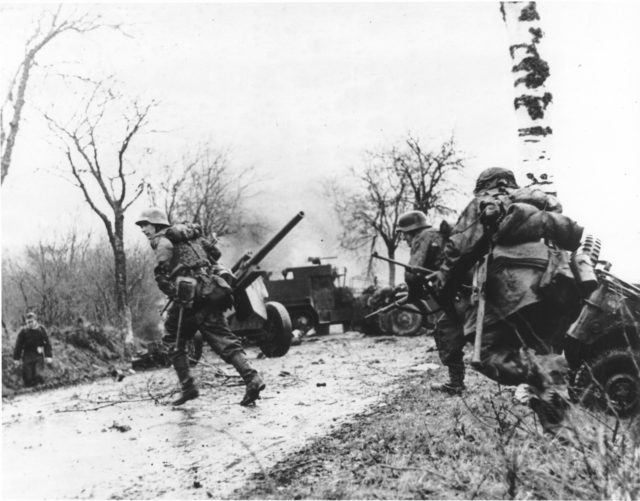
Thanks to books I have stood on many more battlefields in my head than I have in the flesh; but I am working on it! Again, this book serves to underscore the locations on my battlefields wish list, at the top of which is Gettysburg.
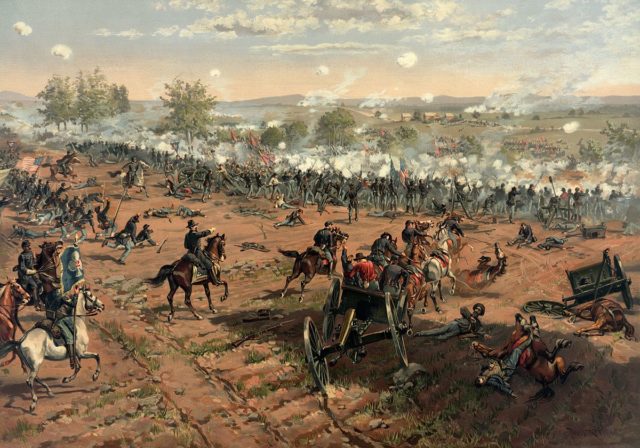
Wars punctuate the greater body of human history itself. Battles cannot be ignored if you want to get close to emperors, kings or revolutions. They don’t just happen and the context is the most important aspect. I’ve said it before but context is the first casualty of hindsight and a book like this should not be assumed to be awash with the latter with only a puddle of the former to make sense of it all.
While the book offers a broad brushstroke of a great deal of history, it does so with confidence and a fair amount of style. If it propels even a few readers towards visiting the likes of The Nek or Naseby it has done a good job. Aside from that it is one of those perfect books for a lazy afternoon when you have your armchair general’s hat on. Indulge yourselves and enjoy the experience.
Reviewed by Mark Barnes for War History Online
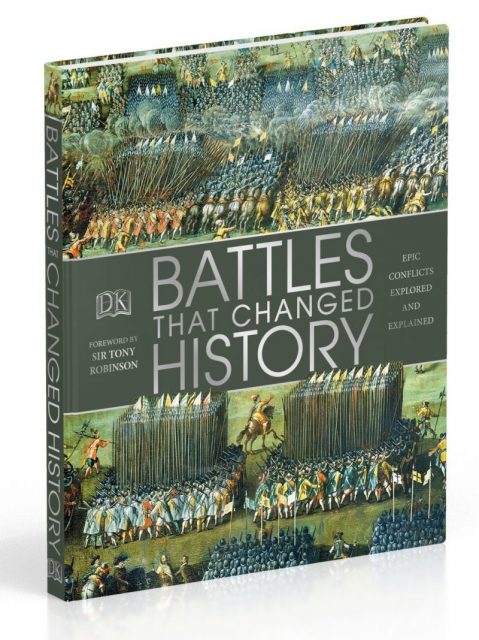
BATTLES THAT CHANGED HISTORY
Epic Conflicts Explored and Explained
Dorling Kindersley
ISBN: 978 0 2413 0193 7
